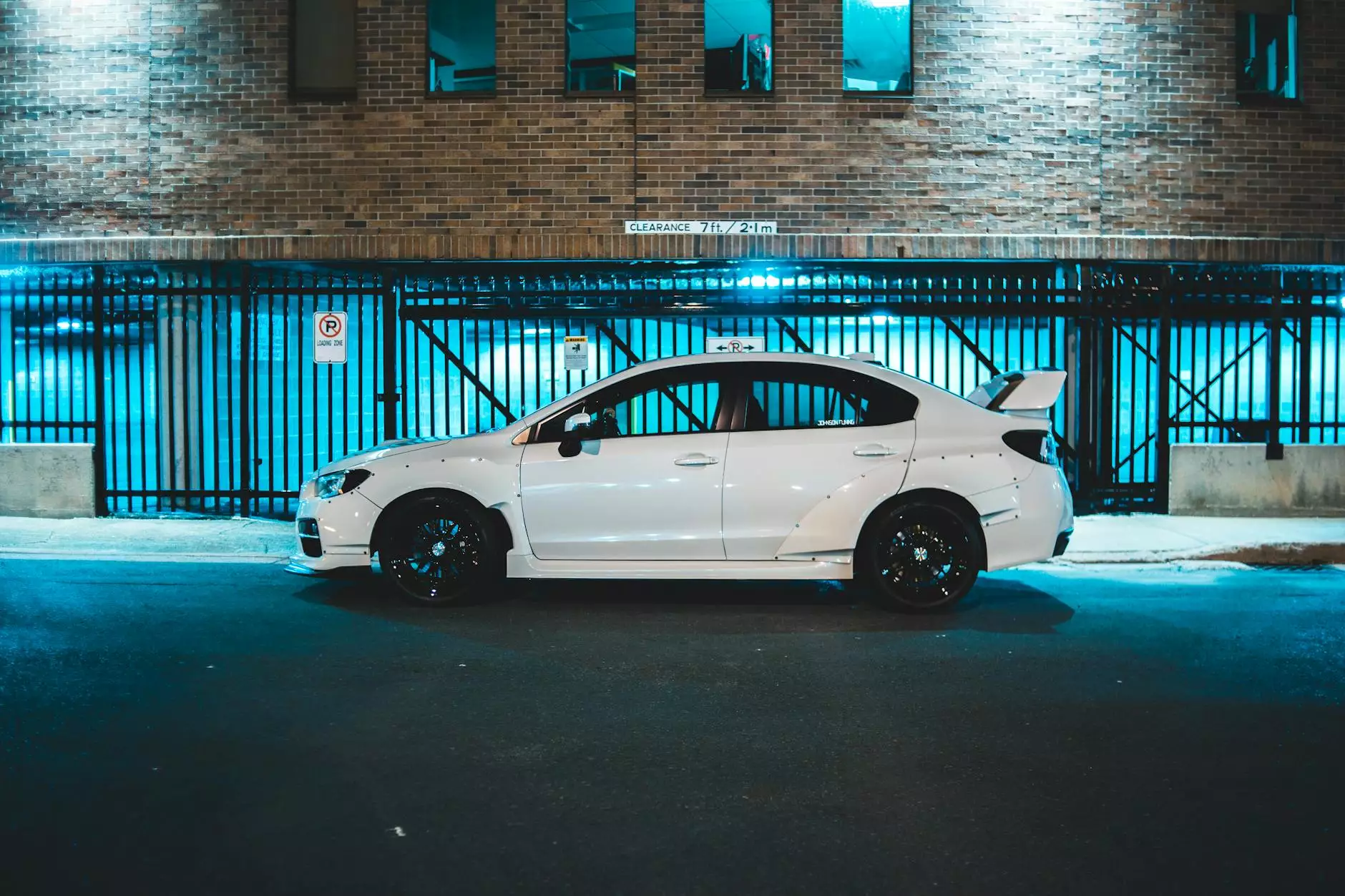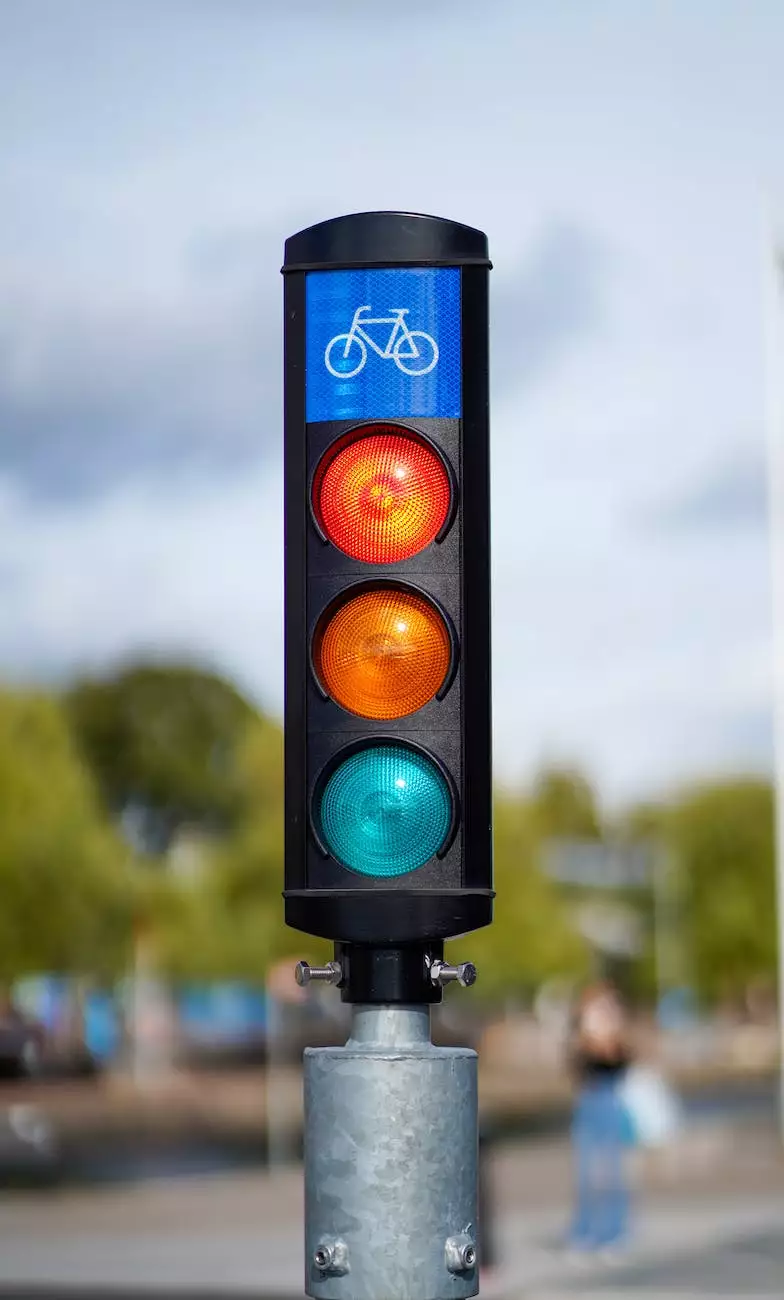How Do I Know If I Need New Tires?
Auto Maintenance Tips
Introduction
Welcome to BK Autosports, your go-to resource for all your automotive needs. In this comprehensive guide, we will walk you through the process of determining whether it's time to replace your vehicle's tires. As an industry-leading provider of automotive solutions, we understand the importance of safety, performance, and peace of mind when it comes to your tires. Let's dive into the details and help you make an informed decision!
Tire Inspection
Regular tire inspections are key to maintaining optimal performance and safety on the road. Start by visually inspecting your tires for any signs of damage, such as cuts, bulges, or uneven wear. Pay attention to the tread depth as well, as insufficient tread can compromise traction and handling.
Additionally, check for signs of tire aging, including cracks on the sidewalls or unusual tire deformation. If you notice any of these issues, it's time to consider getting new tires.
Tread Wear
The tread on your tires plays a crucial role in providing traction and stability. Over time, tread wears down, reducing its effectiveness. One way to determine if your tires need replacement is by inspecting the tread depth using the "penny test."
Place a penny into the tread grooves with Lincoln's head facing downward. If you can see the top of Lincoln's head, it means your tire tread is too shallow and should be replaced. Remember to check multiple areas of each tire, as uneven wear may indicate an alignment or suspension issue.
Tire Age
Tires age regardless of the amount of tread wear. Rubber compounds deteriorate over time, especially in areas with extreme temperatures. Even if your tires have sufficient tread depth, their age can affect performance and safety.
As a general rule, most tire manufacturers recommend replacing tires every six to ten years, even if they appear to be in good condition. Look for the tire's manufacturing date, indicated by a four-digit number on the sidewall. The first two digits represent the week, and the last two digits represent the year of manufacture.
Driving Habits and Conditions
Driving habits and conditions also influence the lifespan of your tires. For example, if you frequently drive on rough or unpaved roads, your tires may wear out faster. Similarly, aggressive driving behaviors like hard braking and acceleration can accelerate tire wear.
Consider the climate in your region as well. Extreme temperatures can impact tire performance, leading to faster wear. Regularly monitor your tires and adjust the replacement frequency based on your specific driving habits and conditions.
Recommendations
Based on the information provided, it is crucial to replace your tires when:
- You notice signs of damage, such as cuts, bulges, or uneven wear.
- The tread depth is below the recommended threshold, as indicated by the penny test.
- Your tires have aged beyond the manufacturer's recommended timeframe.
- Your driving habits and conditions demand more frequent tire replacements.
Conclusion
Ensuring that your vehicle has proper tires is vital for your safety and the performance of your vehicle. By following the guidelines provided in this guide, you can make confident decisions regarding your tire replacements.
BK Autosports is your trusted partner in the automotive industry, providing top-quality solutions for all your vehicle needs. Contact us today to schedule a tire inspection or learn more about our comprehensive range of services.




